Continuing from Revolt in the Sudan’s Turn 01: November 1883, the Anglo-Egyptians get a lucky break, the Khedive is relieved to hear the revolt hasn’t spread to Darfur & Kordofan, the breadbasket of the Sudan. Meanwhile in Khartoum the available supplies have actually increased thanks to Bordein’s unexpected, albeit hasty, arrival. However Abu Hamed is not looking so lucky – it has only 2 turns of supplies and the only possible help that might reach them is plucky Talahawiyeh, who, if very very lucky, may reach the garrison by the end of this turn, if she doesn’t they may have to gamble on sallying out to try and drive off the Dervishes long-enough to forage for supplies.
Continue reading “Fire & Sword Turn 02: December 1883”Tag: Victorian
Fire & Sword Battle 01: Skirmish before Metemma
Maizoub ‘John’ Pasha despatches Talahawiyeh (with her 9pdr Gun, Nordenfelt MG, & detachment of 6 armed Sailors) towing a Nuggar and transporting the 4/5th Egyptian Company (20 men), down river towards Abu Hamed – to discover the full situation and re-establish contact with the latter; and if possible, Cairo. The expedition is under the command of Captain Wahab El Zahra Agha, officer commanding the 4/5th Egyptian Rifle Company.
Continue reading “Fire & Sword Battle 01: Skirmish before Metemma”Fire & Sword Turn 01: November 1883
The campaign begins with a violent revolt in the North and South, spreading fast like a bush fire. The North had been a powder keg for some time but it had been hoped any insurrection might be contained there. The insurrection actually began at Dongola, and spread North to Wadi Halfa which immediately succumbed and the Xth Sudanese Battalion garrisons in both locations were engulfed by the suddenness of the uprising. Even worse the revolt spread South through Berber and then Atbara fell to the rapidly growing Mahdist cause – it being suggested that most of the troops at Berber (from the 2nd Egyptian Cavalry Squadron) may have changed sides and joined the Ansar rather than fight them! All along the Lower Nile the lesser towns also fell to the Mahdists, and just the strongly held garrison town of Abu Hamed held out, surrounded by a countryside of seething revolt.
Continue reading “Fire & Sword Turn 01: November 1883”Unit Organisations in TSATF
One thing I have done [as of 2008] is slightly tweak the organisations of units to try and more closely replicate the real life historical organisations – while still keeping to the general intent Larry Brom put in the rules and approximately the same number of figures per larger formation (Battalion or Regiment). As we are using the same organisations for our Fire & Sword Campaign I ended up putting together Visio Organisation Charts of them as visual organisation reference for Roundie & Kieran (who weren’t familiar with, my perhaps pedantic, idiosyncrasies over organisation tables) and as a result of an unrelated discussion on the Sword & Flame Yahoo! Group it occurred to me they might be of some little interest to one or two people out there (although I’m sure I’m not the first to do so and many will have their own views different to mine)…
Continue reading “Unit Organisations in TSATF”Fire & Sword Campaign Set Up
Following on from my introductory Our First Fire & Sword Campaign: Revolt in the Sudan post the initial deployment was done randomly – using a random table I generated to use in conjunction with Steve Winter’s original rules. This resulted in a reasonably conventional, although not necessarily ideal deployment of the Egyptian forces. The actual size and number of forces was similar to Steve’s originals, see his starting OOB (or our map below) for an idea of the forces… The map shows the situation once the random deployment has been completed and the initial revolt indexes generated – but before Turn 1 has begun and checks for revolts carried out.
Continue reading “Fire & Sword Campaign Set Up”Our First Fire & Sword Campaign: Revolt in the Sudan
Some of us at the Auckland Wargaming Club were inspired by Steve Winter’s campaign at the Colonial Angle website – so we grabbed Steve’s great idea, I tweaked it a little to suit me, and off we went! First thing I did was grabbed Steve’s Map and colourised it – the map below is the result. I am on the lookout for a new map long-term however and this one is now getting a bit congested due to my tweaking!
Continue reading “Our First Fire & Sword Campaign: Revolt in the Sudan”Fire & Sword in the Sudan Campaign
Our Colonial Campaign gets ready to kick off! Turn one has already begun and the Sudan has erupted into revolt. See how the campaign is going here… Our First Fire & Sword Campaign.
Continue reading “Fire & Sword in the Sudan Campaign”Maori Wars: Colonial New Zealand Buildings
New Zealand’s main Colonial Growth occurred in a period before and simultaneous to the American Civil War, as a result many major buildings from the 1840-1880 period closely resemble the same style of construction as was common in North America at the time of the American Civil War and before. By the 1870’s there appears to be a reasonably widespread introduction of corrugated iron (and of course in the main towns construction of large multi-story stone and similar buildings) – but this is essentially after the period we are interested in. Continue reading “Maori Wars: Colonial New Zealand Buildings”
The Sword and the Flame [TSATF]
Larry Brom wrote TSATF in 1979, and 30 years later it’s still going strong with very little changes! Having played TTG’s Soldiers of the Queen* [SotQ] fairly extensively since it was published in 1987 (in my earlier wargaming years) until a long hiatus from all colonial gaming in the early 1990s, I was only introduced to TSATF in recent years for the first time…
* Not to be confused with the Victorian Military Society’s Journal “Soldiers of the Queen“!
Continue reading “The Sword and the Flame [TSATF]”Kofler “benetzt seine Hose”
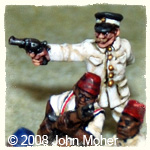
Arriving in German East Africa Oberleutnant Kofler is immediately summoned, along with his superior, by the Colonial Governor – some Zanzibari slave traders have been stirring up the local tribes in the area of the German Colony, and have stirred them up with stories of the Germans taking all their women! The Governor wants an immediate show of force in the area to settle things down and ensure these verabscheuungswürdigen Sklavenhändler are found and dealt with. No-one casts aspersions on the Kaiser’s newly acquired empire!
Setting out, the column consists of a company from the Seebatallion detachment with a Maxim MG team, and a Deutsche Ost-Afrika Gesellschaft Askari company, which Kofler is told off to, his first command in Darkest Africa! Supporting them is a small river boat steamer which will ferry supplies forward as needed should their expedition take more than the week or two expected.
The Widow at Windsor
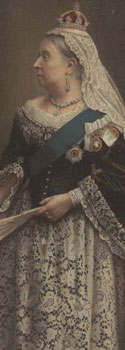
Widow at Windsor by Rudyard Kipling
’Ave you ’eard o’ the Widow at Windsor
With a hairy gold crown on ’er ’ead?
She ’as ships on the foam—she ’as millions at ’ome,
An’ she pays us poor beggars in red.
(Ow, poor beggars in red!)
There’s ’er nick on the cavalry ’orses,
There’s ’er mark on the medical stores—
An’ ’er troopers you’ll find with a fair wind be’ind
That takes us to various wars.
(Poor beggars!—barbarious wars!)
Then ’ere’s to the Widow at Windsor,
An’ ’ere’s to the stores an’ the guns,
The men an’ the ’orses what makes up the forces
O’ Missis Victorier’s sons.
(Poor beggars! Victorier’s sons!)
Walk wide o’ the Widow at Windsor,
For ’alf o’ Creation she owns:
We ’ave bought ’er the same with the sword an’ the flame,
An’ we’ve salted it down with our bones.
(Poor beggars!—it’s blue with our bones!)
Continue reading “The Widow at Windsor”
Colonial & 19th Century Wars & Battles
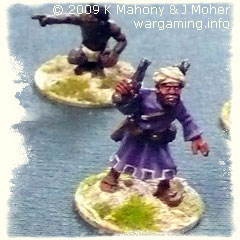
The following is a brief list of all the main wars and conflicts in the 19th Century after the end of the Napoleonic Wars…While the earlier ones were fought little differently to the Napoleonic Wars, from around 1850 or so onwards they steadily changed as modern technology intervened in the form of Rifled & Breech loading guns, improved artillery, machine-guns, railways, the telegraph, steam powered ships, armoured ships, early torpedoes, battleships with centralised rotating guns instead of broadsides, and so on… By the end of the century the new rifles, machine-guns, indirect quick-fire fire artillery, dreadnought battleships with rotating armoured gun turrets, early motor vehicles, and more were in use, or about to enter production, and would eventually be the mainstay of the armies involved in the First World War 14 years later…
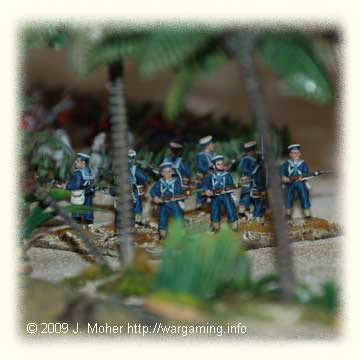
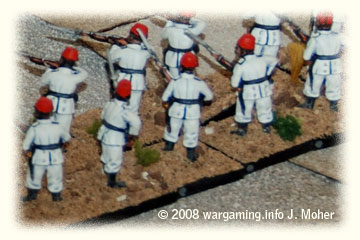
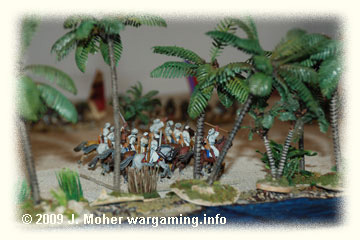
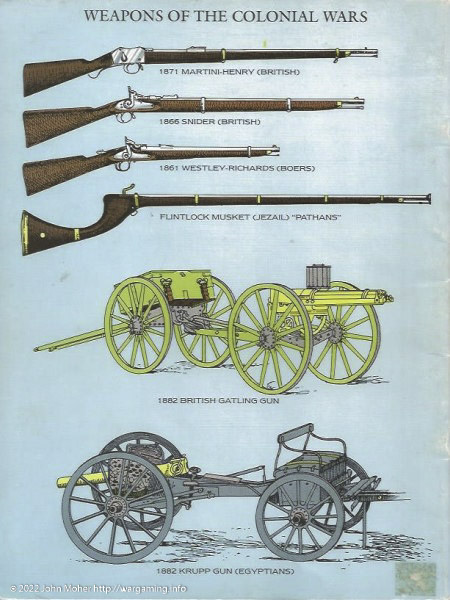
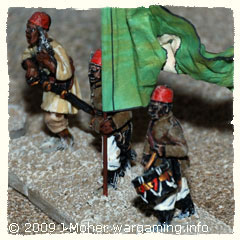
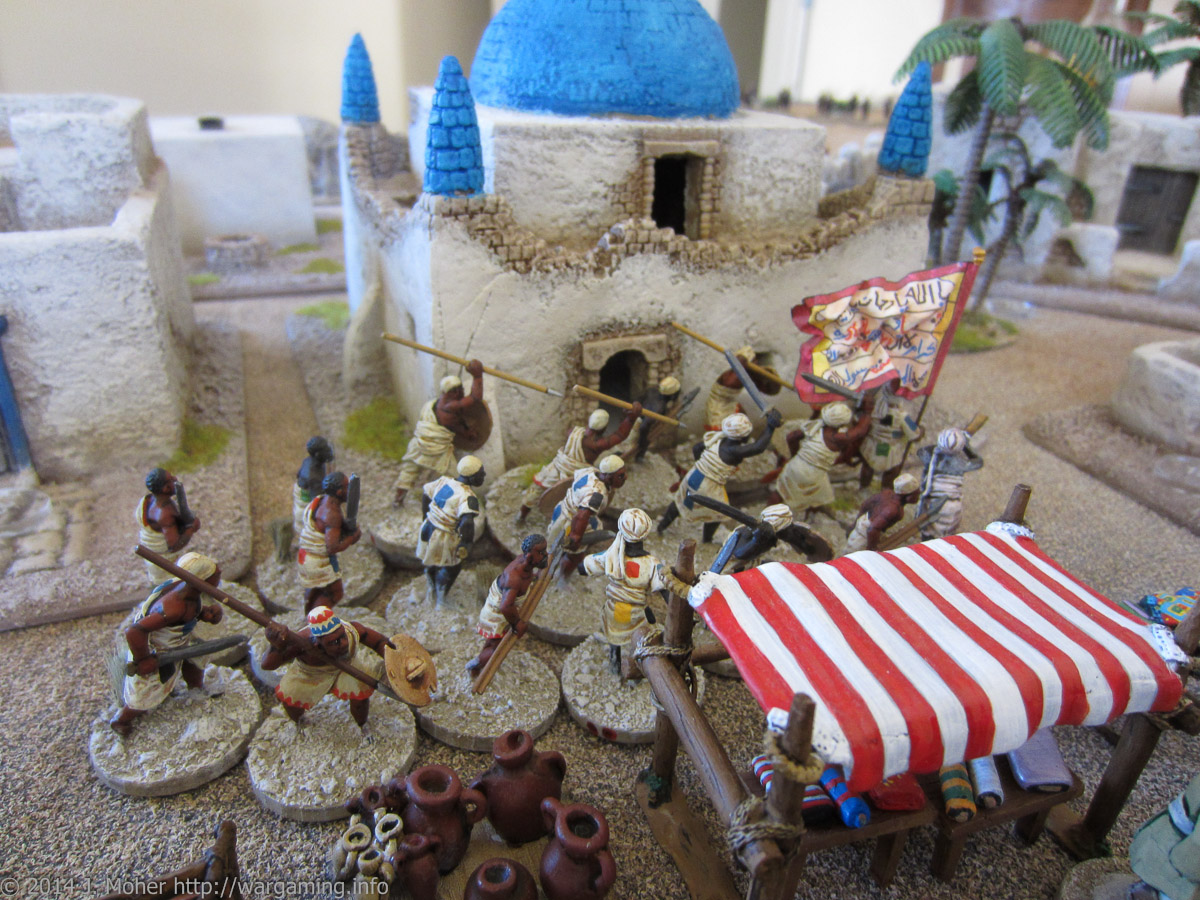
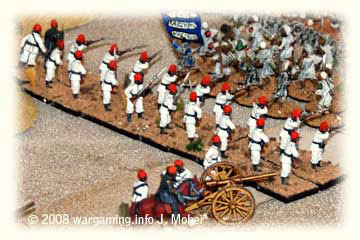
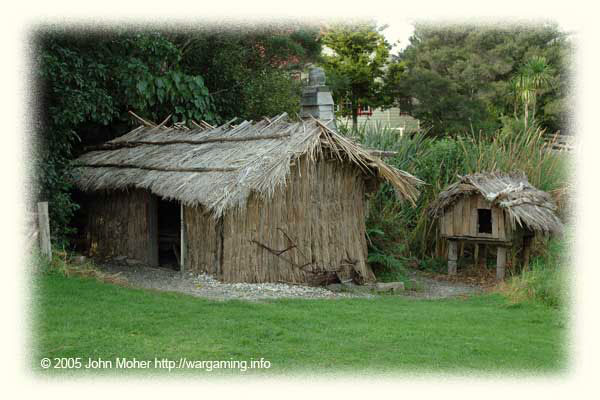
![The Sword and the Flame [TSATF]](https://wargaming.info/wp-content/uploads/The-Sword-And-The-Flame-Revision-1-1986-front-cover-1.jpg)